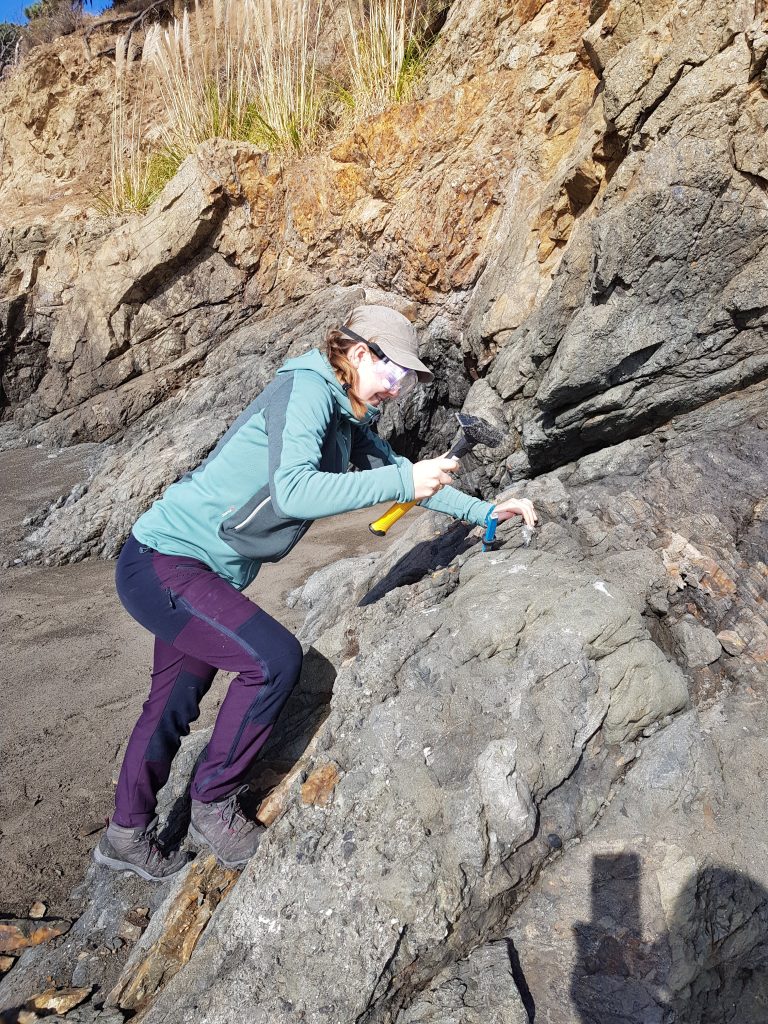A year has passed since the last update on my project related to the Aegialites-beetles. Throughout the year, the project has moved slowly forward with some minor corona-bumps in the way. The intended fieldwork to Japan is still postponed, but trough Vladimir, we have managed to get a hold of new specimens even though traveling have not been easy to plan. Vladimir was able to travel both to Russia (Far East) and to Canada, resulting in additional specimens from 17 new localities, with one locality very close to the locality of the type specimen Aegialites canadensis. These specimens will be added to the growing phylogeny, currently including 50+ unique localities with more to be added. The results are yet not ready for publishing, but preliminary results indicate a clear division into three distinct clades; one Asian (Russia, Japan, Kuril Islands) one Alaskan (Alaska and Aleutians) and one Californian clade.

Among the missing localities are specimens especially from some of the Kuril Islands, where the majority of available material is pinned specimens. “Traditional”, streamline kit based DNA extraction followed by PCR and Sanger sequencing have not been too successful on the older pinned material. The older the specimen, the more fragmented the DNA can be, causing (potential) trouble along the way. Therefore, Illumina sequencing is most likely the preferred sequencing method for these specimens. This, and re-sequencing of all other specimens with the purpose of getting a SNP-dataset is scheduled at a later stage. As such, subsequent analysis with these datasets will be highly interesting, especially analysis focusing on the geographical distribution and dispersal, patterns of gene flow and hybridization. However, this have to be postponed for some time due to planned maternity leave.

Further, interesting results from Illumina sequencing indicates that the genome of a Californian specimen is roughly 98Mb large, which is a fairly small genome! With a size this small, and good quality Illumina data, data from PacBio HiFi-sequencing, will most likely (and hopefully) provide me with a very good reference quality genome within short time. Additional 2 specimens from Russia and Canada will also be sequenced, making comparative analysis possible. Comparatively, data from http://www.genomesize.com indicate an average genome size of 760 Mb for the order Coleoptera, while most of the beetle genome assemblies have been smaller, with a mean assembly size 286 Mb (range 160–710 Mb) (Schoville et al. 2018.). As such, it will be very interesting to start assembly and annotation of the genomes.
References:
Schoville, S.D., Chen, Y.H., Andersson, M.N. et al. A model species for agricultural pest genomics: the genome of the Colorado potato beetle, Leptinotarsa decemlineata (Coleoptera: Chrysomelidae). Sci Rep 8, 1931 (2018). https://doi.org/10.1038/s41598-018-20154-1
![]()

1 Comment on “December 7: How are the Aegialites-beetles?”